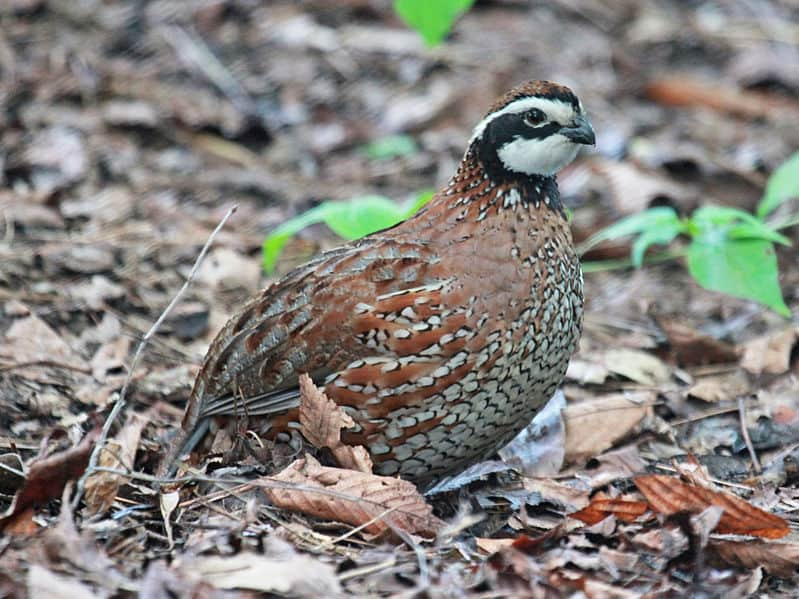Survival Scenario Snacks: Eating Wild Birds and Eggs
Daniel Xu 07.30.15

The songs of wild birds may be music to our ears, but if you’re in a survival situation, they might as well be dinner bells.
This week we are going to discuss the harvest of wild birds and their eggs for sustenance. As a rule of thumb, almost all birds are edible. When it comes to taste, however, birds can be hit or miss. If you’re ever in a situation where you have to depend on eating birds for survival, however, flavor will be the last of your worries.
As we touched on in the first article of this series, hunting for meat is one of the last things you should do in a survival scenario (shelter, fire, and water procurement should always come first). This scenario also assumes that you are cut off from the wider world, have almost no supplies, and no way to contact rescuers. You can also read our guides on eating insects and mollusks here, fish and amphibians here, or reptiles here.
Wild birds
Your selection of wild birds to hunt and trap will vary wildly depending on the season and location. Much like regular hunting, the strategies for catching various species of inland birds and waterfowl can be very different. There are also birds you would not normally think of as food, such as owls, gulls, cormorants, and certain sea birds. All are edible, but traditional game birds such as quail or turkey can provide a more familiar taste.
Birds are generally considered much easier to trap than mammals, though some complex traps can be quite difficult to build. If you for some reason have netting on you, consider building “mist nets,” or nets thrown between trees in flight paths. Since birds have difficulty making out nets or similar objects, the animal will run straight into your trap and tumble into the ground, where it will become entangled within the folds of the net. You will have to supervise these traps, however, as trapped birds can be quickly gobbled up by predators.
Another popular trap is the Ojibwa bird trap. You can learn how to build one from the video by Dave Canterbury below:
All wild birds—and just about everything else—should be cooked before consumption. Unless you feel like spitting out feathers every bite, you should also pluck or skin the bird. Open up the body cavity and remove the animal’s entrails before cooking. Birds can also be jerked for longterm storage by simply leaving them out in the sun to dry. After the meat is dehydrated, use a rock to pound the bones and open up the marrow, which must be dried as well to prevent it from going bad.
Eggs
Strangely enough, eggs are not often mentioned in many survival guides. Despite this, eggs can be a nutritious food source, and we’re not just talking about bird eggs. Snakes, alligators, turtles, and a bunch of other animals also lay edible eggs. Even fish eggs can be eaten in a pinch. That said, eggs can be hard to find if you don’t know where to look, and bird eggs only show up during nesting season. They are also very small. The domesticated chicken eggs you’re used to will seem humongous in comparison.
Certain species of birds can also be fooled into becoming egg-laying machines. If you manage to find a nest and leave the birds unharmed, take all but a few of the eggs. They will lay more once they notice that some, but not all, of the eggs are missing.
It must also be said that except for invasive bird species, taking eggs from a wild bird’s nest is generally illegal. Then again, so is harvesting wild birds outside of hunting season and without a permit, but this is for a hypothetical survival scenario.
Next week we’ll talk about small game.

